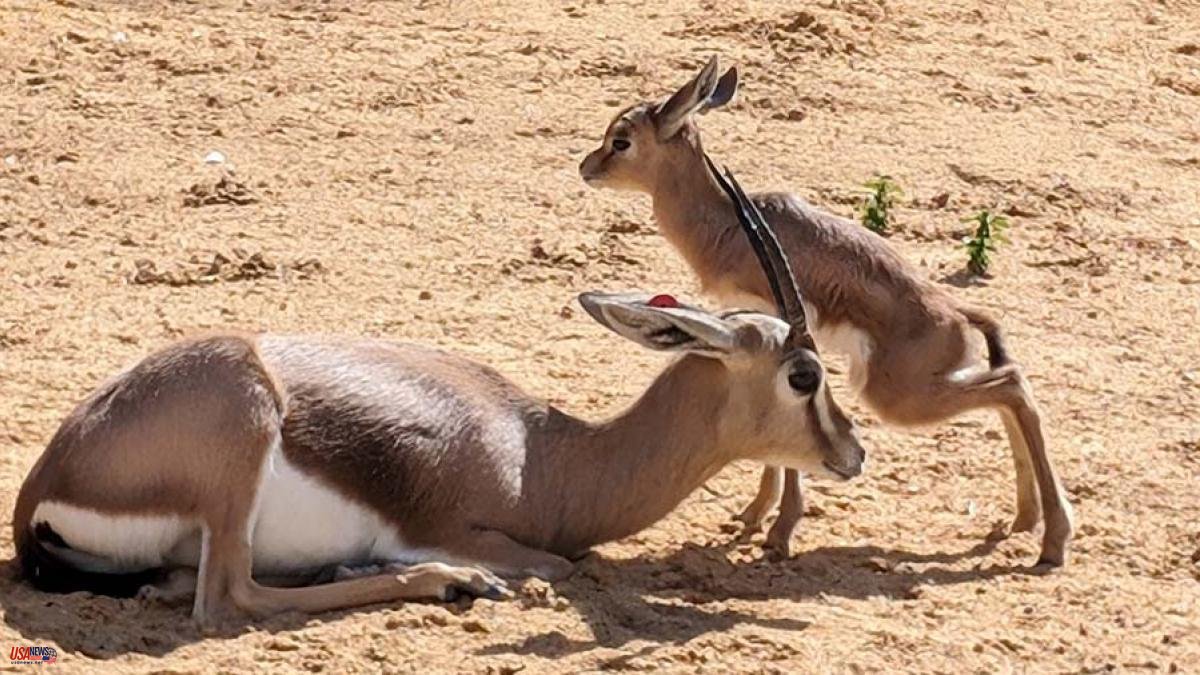Barcelona Zoo has welcomed four new Dorcas gazelle calves since the beginning of the year, making an important contribution to conservation efforts for this vulnerable species. These little ones, three males and one female, are in excellent health and are already part of the group that resides at the zoo.
Sito Alarcón, director of the Barcelona Zoo, has expressed his satisfaction with these births: "The birth of four new Dorcas gazelles is a new success for the conservation programs of this species and the effort made by the Zoo and other scientific institutions to protect and recover biodiversity in an area highly threatened by human pressure and the effects of climate change.
The Dorcas gazelle, native to the deserts of Western Sahara, has faced serious risks of extinction in the past, mainly due to overhunting. However, the species is now in a less critical situation, classified as vulnerable by the International Union for Conservation of Nature (IUCN), thanks to ongoing conservation efforts. Barcelona Zoo has actively participated in several of these programs, working in collaboration with other scientific institutions.
As part of a larger effort, Barcelona Zoo has been involved in the reintroduction of the Dorcas gazelle into its natural habitat. It collaborates closely with the Arid Zones Experimental Station of the Higher Council for Scientific Research (CSIC) and other European zoos, participating in programs that have reintroduced specimens to parks and reserves in North Africa, such as the Guembeul Nature Reserve in Senegal.
Since the creation of the Saharan Fauna Rescue Park in Almería in 1971, the zoo has expanded its role in conservation, providing funding, as well as veterinary and pedagogical advice, mainly in Senegal.
This joint effort with the CSIC and other partners has made it possible not only to reintroduce the dorcas gazela into its natural habitat, but also to monitor its adaptation and growth in the wild, strengthening populations that were severely decimated in the past.













